Coin Grading and Explanation - UK, US, CGS, PCGS NGC
Synopsis
As for most coins, collectors generally prefer coins in higher grades of preservation. Although gold sovereigns possess an intrinsic value based on their gold content, their desirability, and therefore their premium value to a collector, will depend also on the condition or grade, which we will explain in this blog, but essentially, the better the grade, the higher will be the value of its premium over its gold content.
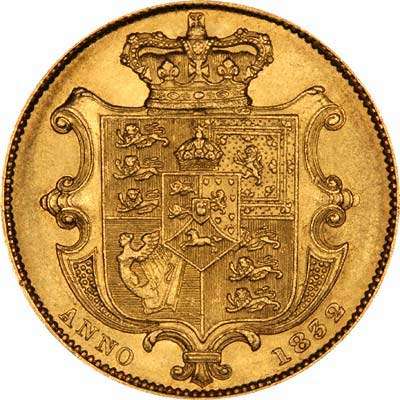
The Different Coin Gradings
Here is a key to the following images:
- The first abbreviation is the British grade
- The next alphanumeric reference is the CGS grade
- The final alphanumeric abbreviation is the Sheldon grade used in PCGS and NGC slabs. Note no grades on or below "aFine".
We have tried to use the same coin obverse where we can to illustrate the differences between the grades. Enjoy!
Coin Grading Examples
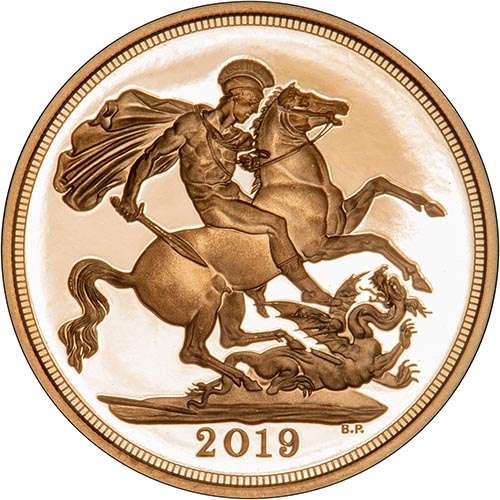
FDC
CGS 90 - 100 / MS 66-70
Fleur-de-coinNormally only applied to proof coins.Roughly translates to "bloom of the die", absolutely perfect, without any marks, wear or blemishes.
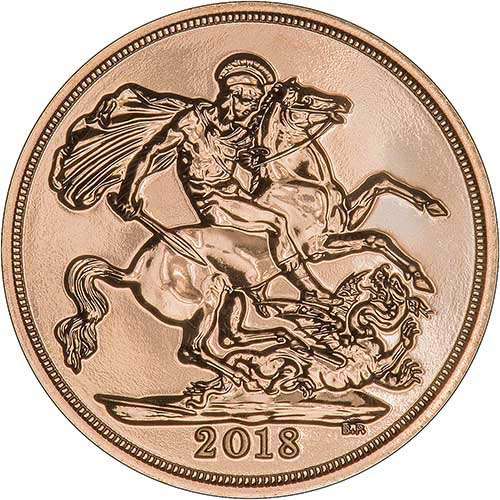
Unc
CGS 75 - 88 / MS 62-66
UncirculatedIn new condition as issued by the mint, but owing to mass production methods, not necessarily perfect. Due to "grade inflation", there may nowadays be some very slight abrasion or "cabinet polish" on the high points for both UNC and aUNC.
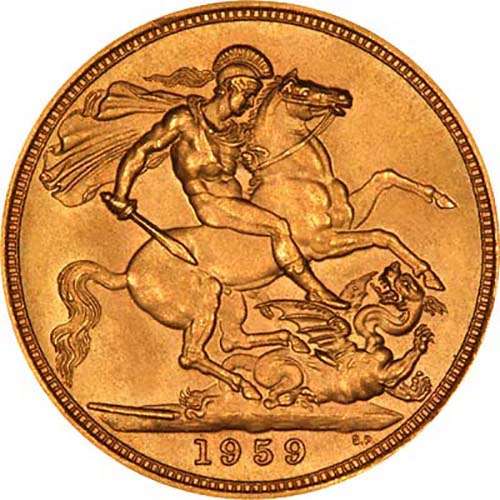
aUNC or A.U.
CGS 70 / MS 60 - 61
Almost UncirculatedNot quite Uncirculated condition as issued by the mint, but owing to mass production methods, not necessarily perfect. Possibly downgraded from Uncirculated due to heavy bagmarks. edge knocks, or some other undesirable feature, but without the slight signs of wear which would render it as only in EF grade.
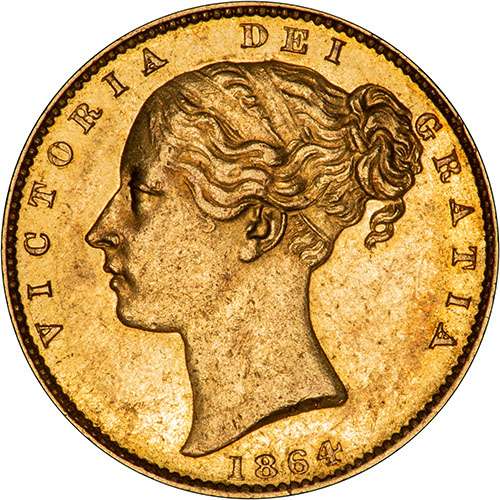
gEF
CGS 65 / MS 60 - 61
Good Extremely FineShowing very few signs of having been in circulation, almost none. There may be slight surface marks or faint wear on close inspection which would prevent the coin being UNC.
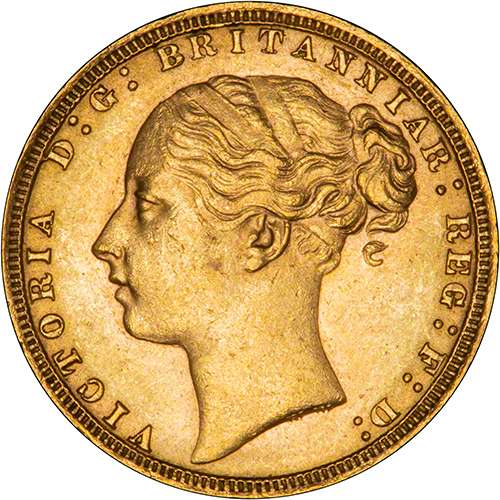
EF
CGS 60 / AU 58 - MS 60
Extra FineThe coin shows few signs of being in circulation. The presence of a couple of marks would prevent the coin grading gEF though its often a very close call. All in all, a fantastic grade of coin to be in one's possession.
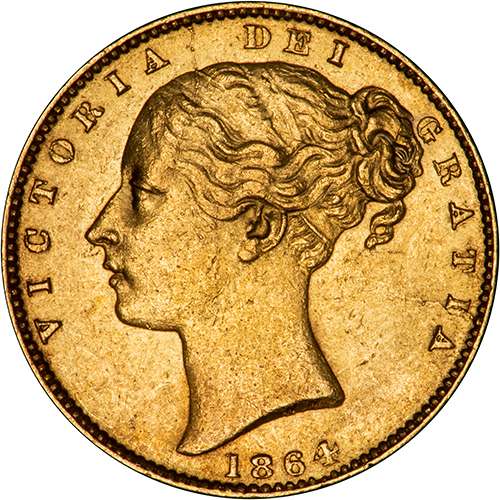
aEF
CGS 55 / AU 55
Almost Extra FineThis coin shows more wear than its EF counterpart and if you do find an old coin in this grade you know it's a good specimen.

gVF
CGS 45 - 50 / AU 53 - 55
Good Very FineThis coin doesn't quite make the extra fine categories and shows more wear especially on the raised sections. Wear starts to appear on the hair and facial features.

VF
CGS 40 / AU 50
Very FineSome wear on the raised surfaces, but still retaining much detail. If you come across an old coin with this grade still expect to pay a lot for it especially if it is rare.
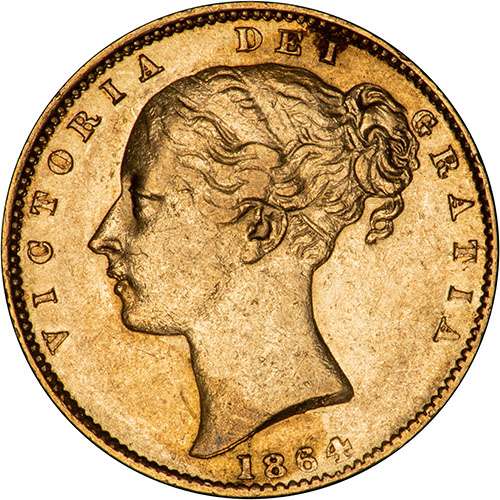
aVF
CGS 35 / EF 45
Almost Very FineMore wear and tear appears on these coins with wear on the hair, face and even in the field around the portrait.
.jpg?1541604286947)
gFine
CGS 25 - 30 / F 35 - EF 40
Good FineThere is clearly a lot of wear on the raised surfaces but the features are sharp and sufficient detail remain to make out the facial detail, waves of hair and just about the hair bands in this obverse.
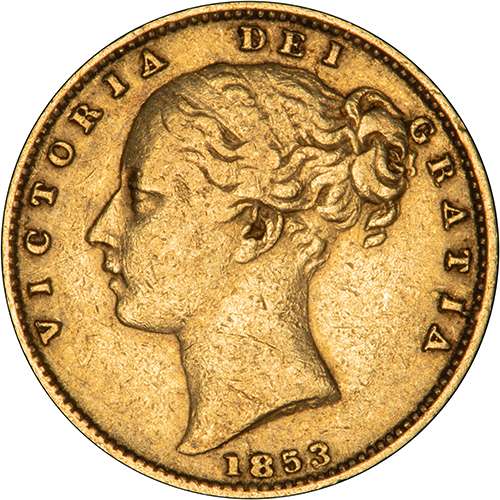
Fine
CGS 20 / F 30
FineConsiderable wear on the raised surfaces, all main features still sharp.
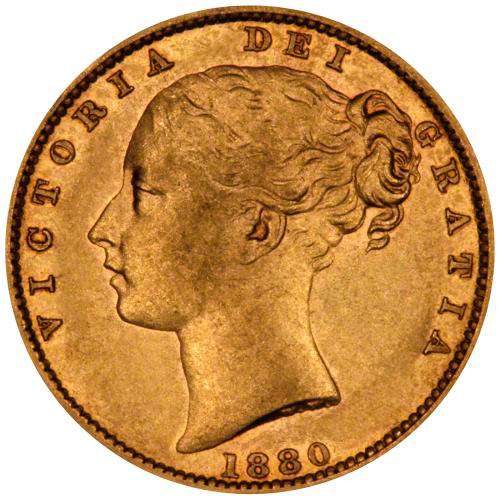
aFine
CGS 15
Almost FineThis coin shows more wear again with facial features becoming "smudged" and detail in the hair and even in the field harder to make out. The field often has scratches and the edges often with knocks.

Fair
CGS 1-4
Badly WornSignificant wear on the features on the coin. Usually with the inscriptions and main features of the design still distinguishable, or a piece which is very weakly struck.

Poor
No CGS etc.
or WornA very worn coin, with some lettering worn away, or parts of the design not visible. Of no value to collectors unless extremely rare.
What Is CGS Coin Grading?
In the UK CGS stands for "Coin Grading Service" and the services (with associated products) are sold with a promise of an independent assessment of grade, authenticity and attribution. The attribution bit is regarding any "type" or "variant" status and we imagine this would include, but is not limited to, anything from different portraits, inscriptions or commemorative one-off designs.
What Is PCGS Coin Grading?
In the US PCGS stands for "Professional Coin Grading Service" and is marketed as the "standard for the rare coin industry". Dating back to the 80's it was a recognition that the industry needed a standard approach to grading scores and descriptions. The grading follows the Sheldon framework described below under NGC grading.
What Is NGC Grading?
NGC stands for "Numismatic Guaranty Corporation" and has been used in the US since the 1940's, with grading based on the Sheldon scale. This scale allows numismatists to grade coins on a number from 1 (denoting poor quality) to 70 (proof like). Coins with imperfections cannot be assigned a number but a "details" grade. For those that qualify the number has a prefix as follows:
| Grade Prefix | Description | Numerical Range |
| MS | Mint state usually refers to uncirculated coins straight from the mint | 60-70 |
| PF | Proof which is a special strike method used for collectors coins. | 60-70 |
| SP | A hybrid of mint and proof. | 60-70 |
| Gem Uncirculated | 65-70 | |
| Choice Uncirculated | 60-70 | |
| Brilliant Uncirculated | 60-70 | |
| AU | About uncirculated | 50-58 |
| XF | Extremely fine | 40-45 |
| VF | Very fine | 20-35 |
| F | Fine | 12-15 |
| VG | Very good | 8-10 |
| G | Good | 4-6 |
| AG | About good | 3 |
| FR | Fair | 2 |
| PR | Poor | 1 |
A "+" means the coin is close to being in the grade above whilst a "★" is given for eye-appeal... Possibly for toning on coins and pretty features.
Further words are added to describe the coin... As you can see, this gets rather complicated quite quickly. We prefer the standard UK grading protocols used in Spink.
| Character | Description |
| RD | Red. A coin with full mint red luster. |
| RB | Red Brown. A coin with a mix of red luster and brown patina. |
| BN | Brown. A coin with full or nearly full brown patina. |
| Ultra Cameo | Applies only to PF coins. The fields are deeply mirrored and the devices are heavily frosted for bold contrast on both sides of the coin. |
| Cameo | Applies only to PF coins. The fields are deeply mirrored and the devices are frosted for moderate contrast on both sides of the coins. |
| DPL | Deep Prooflike. Applies only to circulation issues. The fields are deeply mirrored and the devices are heavily frosted on both sides. |
| PL | Prooflike. Applies only to circulation issues. The fields are mirrored and the devices may be frosted on both sides. |
Finally! At last! There are 2 terms occasionally added which are "early releases" and "first releases" which are quite self-explanatory.
Comparing Grades: UK vs. CGS vs. Sheldon
Through our own observations on products, online research and via some literature we have tried to compile a comprehensive conversion table. As you can see it is rather difficult to populate fully and we will keep working to add more as we find it!
| UK Descriptive | UK Abb. | UK CGS | PCGS / NGC / Sheldon | US Descriptive | French | German | Italy | Spain | Netherlands | Portugal | Design Remaining |
| Fleur-de-coin | FDC | 100 | MS 70 | Perfect Mint State (MS-70) | FDC (Fleur de Coin) | STGL (Stempelglanz) | FDC (Fior di Conio) | FDC | FDC | FDC (Flor de Cunho) | 100% |
| Fleur-de-coin | FDC | 99 | MS 70 | Specimen Proof (SP-70 or PF-70) | |||||||
| Fleur-de-coin | FDC | 98 | MS 70 | ||||||||
| Fleur-de-coin | FDC | 97 | MS 70 | ||||||||
| Fleur-de-coin | FDC | 96 | MS 69 | ||||||||
| Fleur-de-coin | FDC | 95 | MS 68 - 69 | ||||||||
| Almost Fleur-de-coin | aFDC | 94 | MS 68 | ||||||||
| Almost Fleur-de-coin | aFDC | 93 | MS 67 - 68 | ||||||||
| Almost Fleur-de-coin | aFDC | 92 | MS 67 | Superb Mint (MS-67) | |||||||
| Almost Fleur-de-coin | aFDC | 91 | MS 66 - 67 | ||||||||
| Almost Fleur-de-coin | aFDC | 90 | MS 66 | ||||||||
| Brilliant Uncirculated | BU | 88 | MS 65 - 66 | ||||||||
| Choice Uncirculated | Unc | 85 | MS 65 | Gem Mint State (MS-65) | SPL (Splendide) | UNZ (Unzirkuliert) | SPL/FDC | SC | FDC | Soberba | 100% |
| Choice Uncirculated | Unc | 82 | MS 64 - 65 | ||||||||
| Choice Uncirculated | Unc | 80 | MS 64 | ||||||||
| Uncirculated | Unc | 78 | MS 63 - 64 | Choice Mint (MS-63) | |||||||
| Uncirculated | Unc | 75 | MS 62 - 63 | Choice Mint (MS-63) | |||||||
| Almost Uncriculated | aUnc | 70 | MS 60 - 61 | UNZ− (Fast unzirkuliert) | MSPL (MoltoSplendido) | 95% | |||||
| Good Extra Fine | gEF | 65 | MS 60 - 61 | Typical Mint State (MS-60) | |||||||
| Extra Fine | EF | 60 | AU 58 - MS 60 | Very Choice / About Uncirculated (AU-58) | SUP (Superbe) | VZ (Vorzüglich) | SPL (Splendido) | EBC | Pr. (Prachtig) | Bela | 90% |
| Almost Extra Fine | aEF | 55 | AU 55 | Choice / About Uncirculated (AU-55) | |||||||
| Good Very Fine | gVF | 50 | AU 55 | ||||||||
| Good Very Fine | gVF | 45 | AU 53 | ||||||||
| Very Fine | VF | 40 | AU 50 | About Uncirculated (AU-50) | TTB (Très Très Beau) | SS (Sehr schön) | BB (Bellissimo) | MBC | ZF (Zeer Fraai) | MBC | 75% |
| Almost Very Fine | aVF | 35 | EF 45 | Choice / Extremely Fine (EF-45) | |||||||
| Good Fine | gFine | 30 | EF 40 | Extremely Fine (EF-40 or XF-40) | |||||||
| Good Fine | gFine | 28 | VF-30 | Very Fine Plus (VF-30) | |||||||
| Good Fine | gFine | 26 | VF-20 | Very Fine (VF-20) | |||||||
| Good Fine | gFine | 25 | F 35 | ||||||||
| Fine | Fine | 20 | F 30 | TB (Très Beau) | S (Schön) | MB (Molto Bello) | BC+ | Fr (Fraai) | BC | 50% | |
| Fine | Fine | 17 | F 12 | Fine (F-12) | |||||||
| Almost Fine | aFine | 15 | VG 8 | Very Good (VG-8) | |||||||
| Very Good | VG | 10 | G 6 | Good (G-6) | B (Beau) | SGE (Sehr gut erhalten) | B (Bello) | BC | ZG (Zeer Goed) | MREG | 25% |
| Very Good | VG | 8 | |||||||||
| Good | Good | 5 | G 4 | Good (G-4) | AB (Assez Beau) | GE (Gut erhalten) | M | RC | G (Goed) | REG | 10% |
| Fair | Fair | 4 | AG 3 | About Good (AG-3) | |||||||
| Fair | Fair | 3 | none | Fair / Poor | |||||||
| Fair | Fair | 2 | none | Fair / Poor | |||||||
| Fair | Fair | 1 | none | Fair / Poor |
A Price Problem of Slabbed Coins
We completely acknowledge that the industry should have a standard approach to grading, this is a no brainer. We also recognise that the grading of coins helps to preserve high quality coins, as any coin graded is sold on as a graded specimen rather than in a bucket of other similar type coins. This is where things change as once coins enter this slabbed state, we find companies are charging above the odds. For example, we became privy to a 2018 gold Britannia for sale the other day roughly £1500 in a slab. The selling price of this coin is about £950!! Therefore, that is about £550 for a piece of acrylic plastic with some fancy words and "independent authentication". Unreal I hear you say but 100% true. Companies (particularly coin marketing companies) are pushing slabbed coins as a "luxury product" or something like that to get unexpecting customers to part with extra money and we see this type of marketing dishonest and misleading at best. You are simply not getting a higher quality product but are led to believe you are.
Like we said we are advocates of graded coins, but we disagree with hefty mark-ups. If you can buy a slabbed coin for say, £5 or £10 higher then do it, as this is the value we assign to a slab, but anything more is scandalous! Customers who wish to sell slabbed coins back to us are sometimes disappointed as we would pay the same amount for unslabbed coins. We often remove the coins from the slab as they are tedious, add no value and make storing of large volumes difficult. Why not buy a capsule for 50p and achieve the same level of protection for your coins? We have coins valued upwards on £10,000 in a capsule which provides adequate protection, why you would want a newly minted Britannia slabbed rather than a capsule is rather perplexing unless you have more money than sense!
We say that in jest as on a serious note we are here trying our best to educate our readers. We want you to get the best possible deal either from us (or elsewhere) without getting ripped off. There is a growing body of consumer style marketing and hype in numismatics and where we find it, we try to share it on our website. So finally, grading coins and protecting them in plastic is a good thing just avoid buying from anyone who tries to sell you an overpriced coin because of its presentation case!
More Terms
Proof or Uncirculated - Proof is not a grade, but a type of specially produced coin. If you are not sure about the difference between proof and non-proof sovereigns, you may wish to look at our Proof or Uncirculated page.
Grade C - We have some items available which are too good to scrap but not good enough for bullion. To read more about Grade C, read our blog here.
Minty - Minty coins are our hand-picked selection of bullion coins that are in mint condition and usually, but not always, have been minted in recent years. To read more about minty coins, read our blog here.
Latest Year - These are the most expensive/highest premium bullion coins, but they will be in mint condition, which some investors believe to be important, and are usually readily available. More information is available on our Bullion Coin Types article.
Secondary Market - These bullion coins may show some signs of wear or have some small scratches, scuffs and edge knocks. However, all secondary market products sold by us are of bullion standard, and offer a very cheap way of investing in gold. Click here for more information.
Related Blog Articles
This guide and its content is copyright of Chard (1964) Ltd - © Chard (1964) Ltd 2024. All rights reserved. Any redistribution or reproduction of part or all of the contents in any form is prohibited.
We are not financial advisers and we would always recommend that you consult with one prior to making any investment decision.
You can read more about copyright or our advice disclaimer on these links.





















